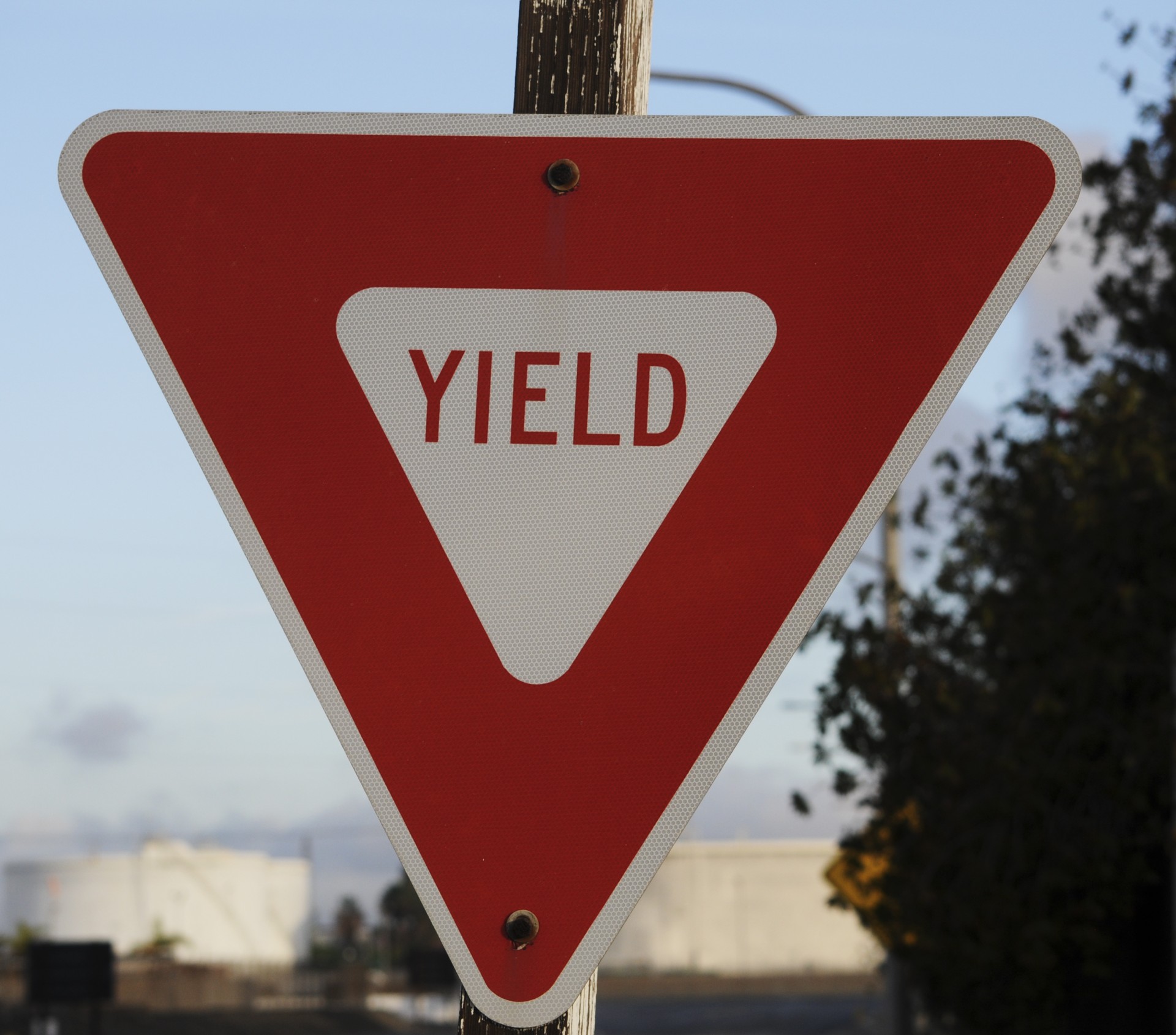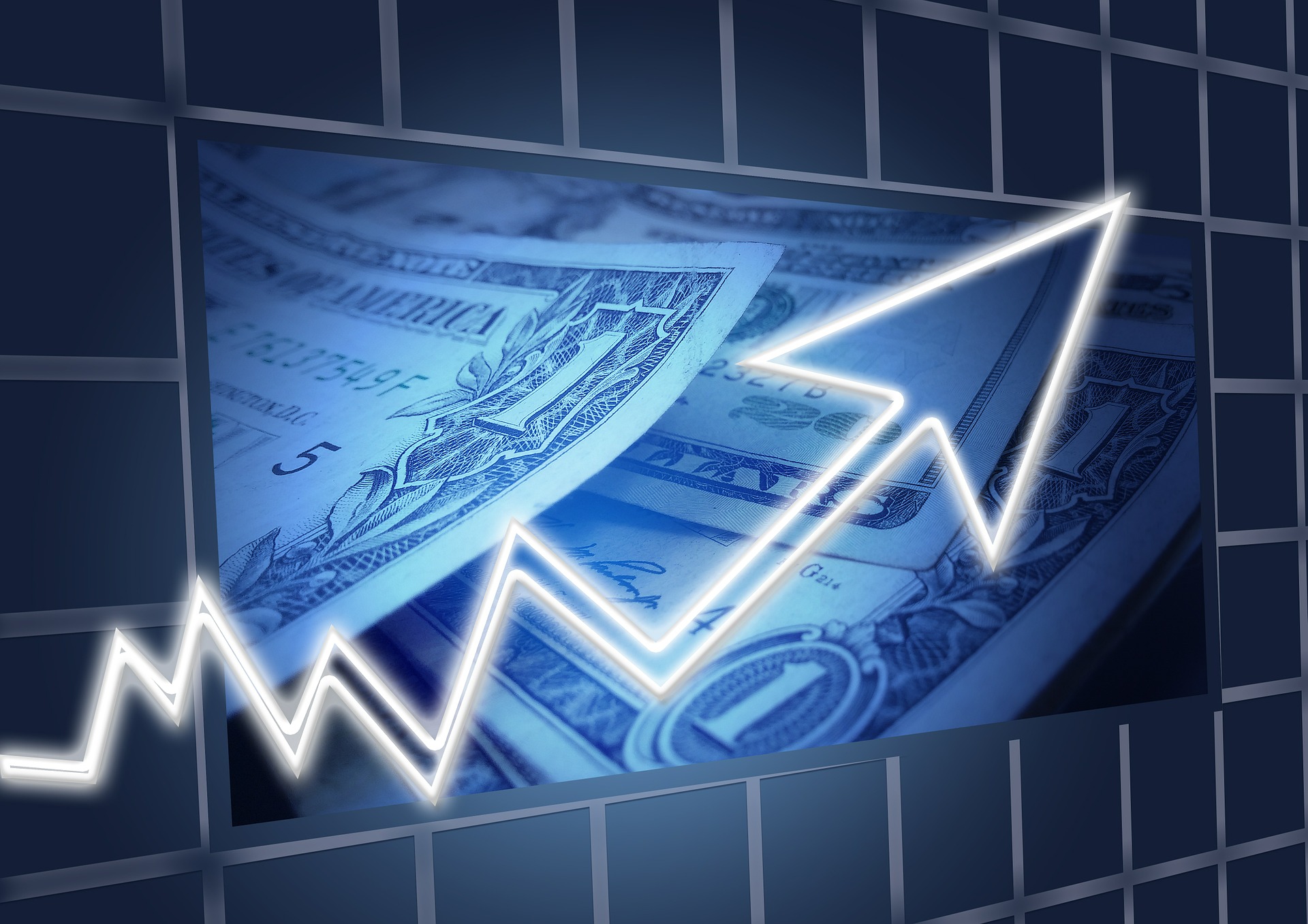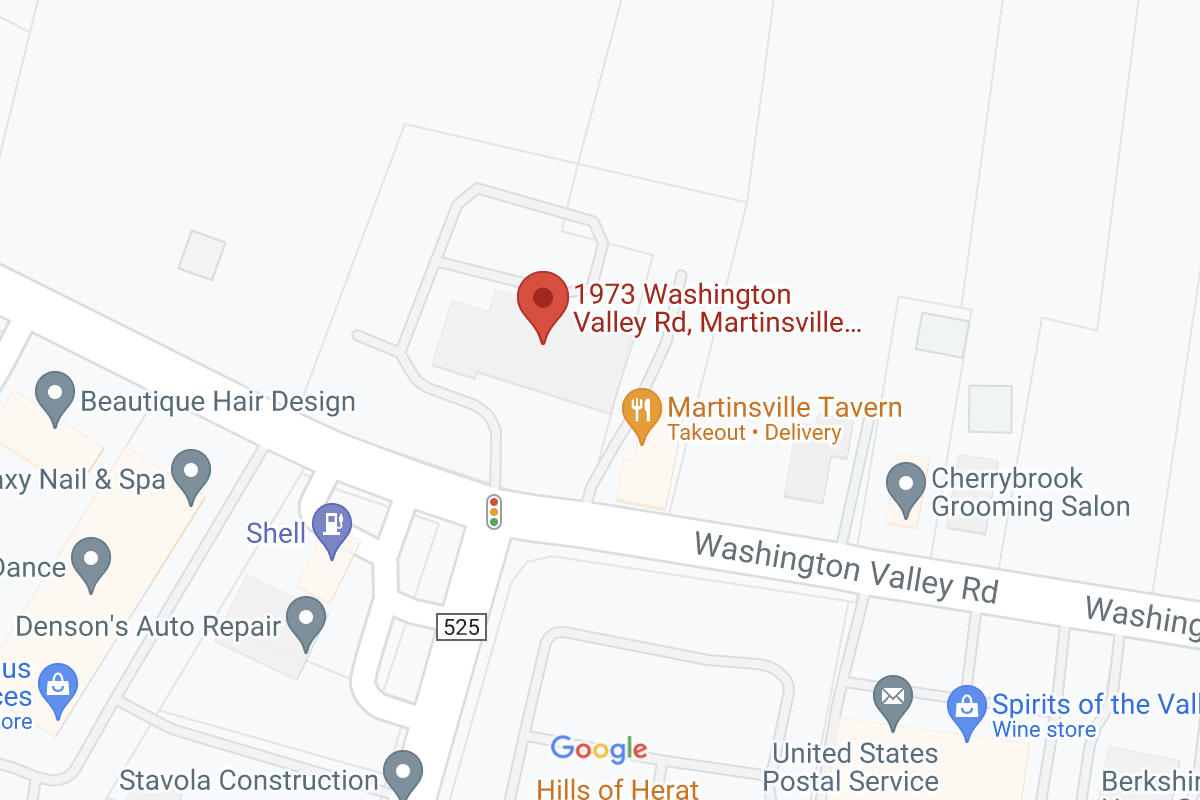Some deals might be too good to be true, and when it comes to investing, a healthy amount of skepticism is important in order to differentiate the deals from the duds.
With persistently low rates right now, yield-starved investors have been looking for more ways to boost their returns. The 10-year Treasury yield is hovering around 1.5%, and equities offering yields of 5% or more have become even more attractive in this environment as a result. Should investors just take the plunge then and expect a big return with these investments?
If only it were that simple. The dividend yield is just one component of the total return investors would achieve (price being the other) and moves inversely to the security’s price. The yield is calculated by taking the actual annual dividend and dividing it by the current share price. That said, if the company’s stock price declines while the dividend remains constant, the dividend yield will rise and vice versa.
Here lies the issue with an approach predicated on chasing high yield. While understanding that the stock price is generally a reflection of earnings and the health of the underlying business, a declining stock price – which would inflate the yield because of the inverse relationship – can actually help highlight problems within the company or industry that it operates in.
Take the example of several energy services companies that inadvertently attracted investors by sporting 10% yields or higher in the beginning of 2016. As oil prices collapsed and demand for these companies’ products/services followed suit, their earnings and cash flow began to deteriorate. Consequently, these companies just couldn’t afford to maintain their dividend payouts. Before the dividends could be adjusted to reflect a new reality in the underlying business, investors saw these big yields and piled in, expecting to benefit. However, the companies did eventually slash their dividends (since these dividends are at the discretion of the company and not a locked-in promise).
In the end, many investors who thought they would get a strong return due to the yield ended up investing in poor businesses where the price decline was much more impactful to their portfolio.
The bottom line is that investing in a high yield stock should be approached with the same mindset as purchasing a used car. The dividend yield is what you see on the outside to pique your interest, but before buying into it, be sure to do your due diligence and make sure everything is fine on the inside. If not, you may find yourself with a bad business hidden underneath the guise of a fat dividend – giving you a lot less than what you may have bargained for.



